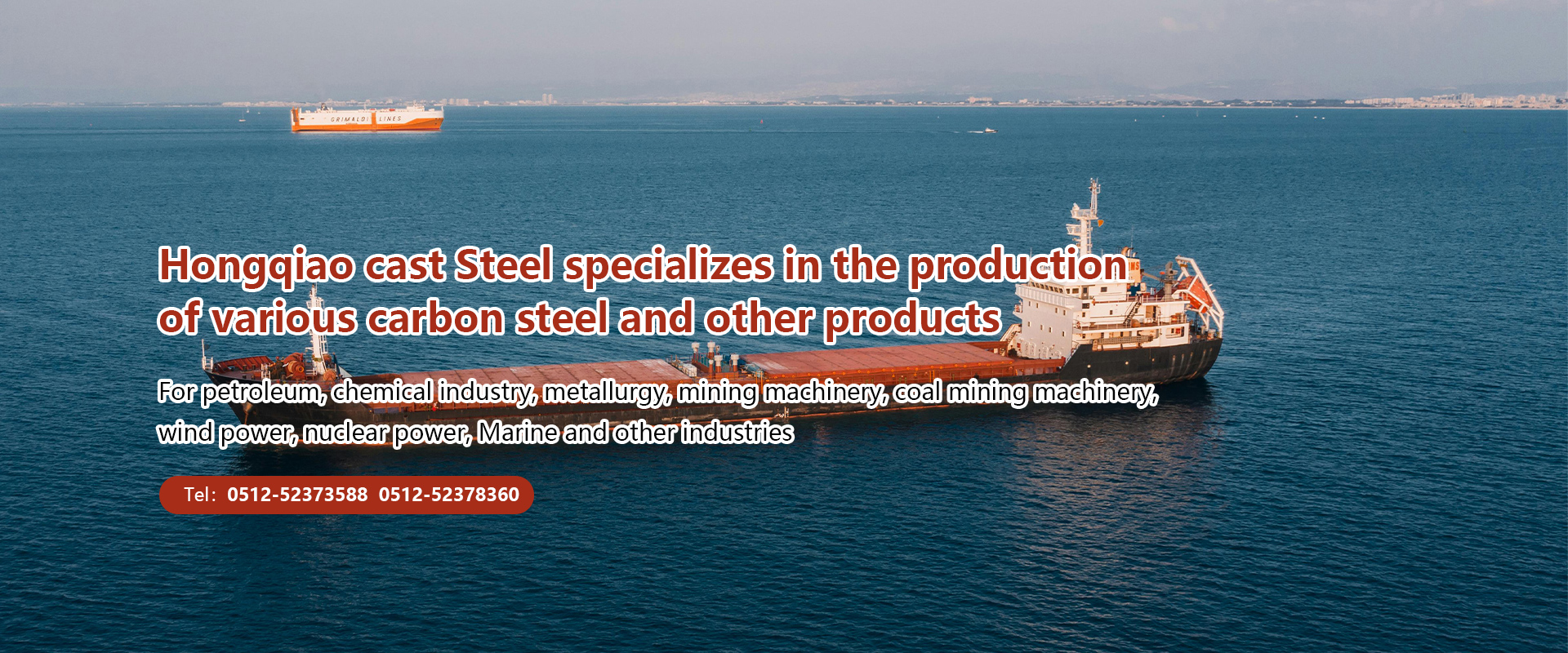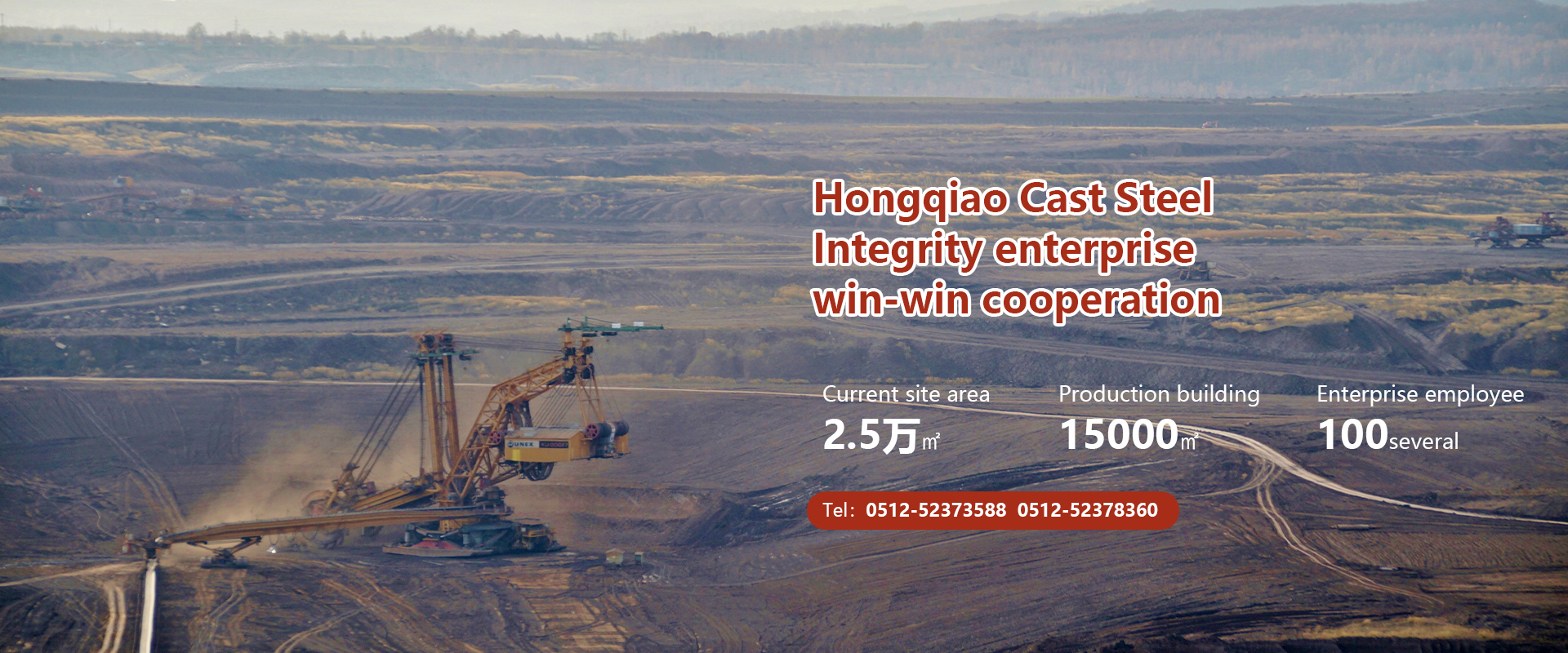The residual and impurity elements in carbon steel, such as manganese, silicon, nickel, phosphorus, sulfur, oxygen, nitrogen, etc., also have an impact on the properties of carbon steel. These influences sometimes reinforce each other, and sometimes offset each other. For example, sulfur, oxygen, and nitrogen can all increase the thermal brittleness of steel, while an appropriate amount of manganese can reduce or partially offset its thermal brittleness Residual elements, except for manganese and nickel, reduce the impact toughness of steel and increase cold brittleness Except for sulfur and oxygen, which reduce strength, other impurity elements increase the strength of steel to varying degrees Almost all impurity elements can reduce the plasticity and weldability of steel.
Hydrogen can cause many serious defects in steel, such as white spots, point segregation, hydrogen embrittlement, surface bubbling, and cracks in the heat affected zone of welds. To ensure the quality of steel, it is necessary to minimize the hydrogen content in the steel as much as possible. The residual elements introduced by deoxidation, such as aluminum, can reduce the aging tendency of low carbon steel, refine the grain size, and improve the toughness of steel at low temperatures, but the excess should not be too much. The residual elements such as nickel, chromium, molybdenum, copper, etc. introduced from the furnace charge can improve the hardenability of steel when their content is high, but it is disadvantageous for specialized steels that require high plasticity, such as steel plates for deep drawing.





